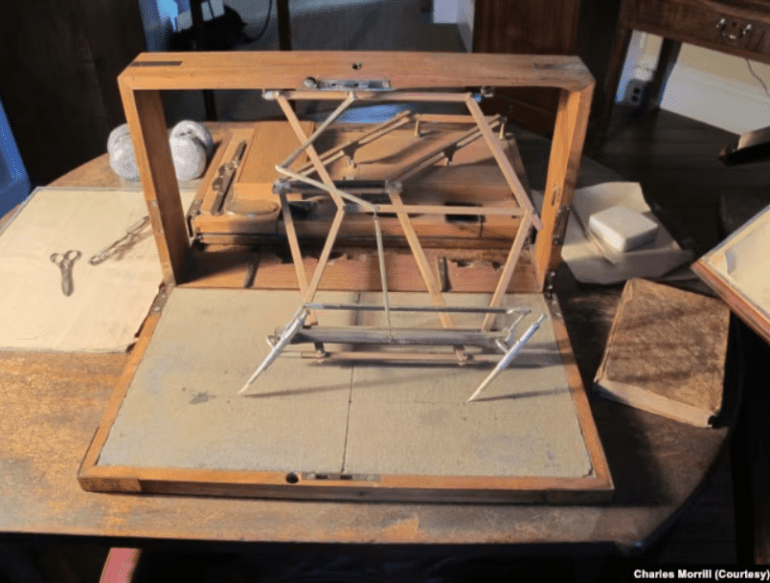- AI-operated robots are reviving handwritten communication, blending traditional charm with modern technology.
- Handwrytten, led by David Wachs, offers AI robots for businesses to create personalized handwritten notes, fostering stronger connections with clients.
- Nonprofit organizations utilize AI-generated letters to cultivate lasting relationships with donors, ensuring continued support.
- Historical parallels show Thomas Jefferson’s embrace of innovative technologies like the polygraph for letter reproduction.
- Contemporary handwriting technology incorporates advancements such as 3D printing and AI algorithms for message crafting.
Main AI News:
In the realm of communication, the art of handwriting has endured through millennia, serving as a timeless vessel for human expression. Since antiquity, individuals have harnessed various means to disseminate information, conduct business dealings, and maintain records. However, with the ascendancy of computers and the prevalence of typewritten communication, a certain allure inherent in handwritten notes and letters seemed to wane.
Yet, in the modern era, a resurgence of handwritten communication is underway, facilitated by artificial intelligence (AI)-operated robots. These innovative automatons possess the capability to replicate human handwriting, offering a novel solution to the age-old practice of letter writing.
David Wachs, the visionary behind Handwrytten, spearheads this technological evolution. His company’s AI robots are employed by businesses seeking to foster genuine connections with clientele through personalized handwritten notes and expressions of gratitude. Notably, nonprofit organizations leverage this technology to cultivate lasting relationships with donors, thereby ensuring continued support.
As Wachs aptly observes, “What’s old is new again.” Indeed, the convergence of AI and traditional letter writing heralds a renaissance in communication methods, seamlessly blending the charm of handwritten correspondence with cutting-edge technology.
Historical parallels underscore the enduring relevance of automated letter writing. Thomas Jefferson, renowned as an avid user of innovative technologies, embraced the polygraph, a mechanical device invented by John Isaac Hawkins. Jefferson’s affinity for the polygraph transcended mere utility; it became a defining aspect of his presidency, facilitating the reproduction of thousands of letters for archival purposes.
Charles Morrill, a distinguished historian, elucidates Jefferson’s fascination with the polygraph, noting its integral role in shaping the presidential legacy. Jefferson’s relentless pursuit of technological advancements mirrored a quintessentially American ethos—one characterized by an unwavering faith in progress and innovation.
From Jefferson’s era to the present day, handwriting technology has undergone remarkable evolution. Contemporary advancements, including 3D printing and laser cutting, exemplify the fusion of tradition and innovation in the realm of letter writing. Moreover, the integration of AI algorithms empowers users to craft compelling messages, further enriching the communicative experience.
Whether through the antiquated mechanisms of the past or the sophisticated algorithms of the present, the essence of human expression endures. Across epochs and technological epochs, the printed word remains an indelible testament to the human spirit’s boundless capacity for creativity and connection.
Conclusion:
The integration of AI technology into handwritten communication represents a paradigm shift in business correspondence. Companies can leverage these innovations to forge deeper connections with clients and stakeholders, thereby enhancing brand loyalty and fostering sustained growth in an increasingly digitized marketplace.

